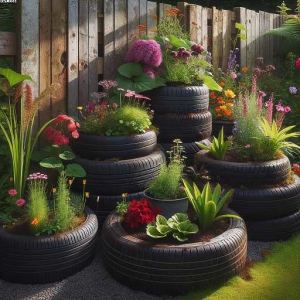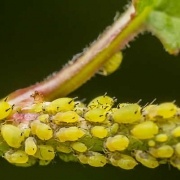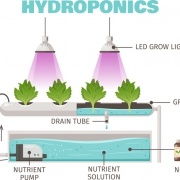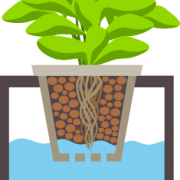Plant Pests-Red Spider Mites
Plant Pests-Red Spider Mites
Plant Pests-Red Spider Mites
So spider mite always come as a shock when spotted. Including a greater shock to new gardeners. Growers of indoor plants are most likely to come across these little monsters. They often cause damage before they are spotted. When look at under a microscope like the above image they truly look formidable creatures. I liken them to some types of aliens from a distant planet.
The plant cells are damaged by these little monsters. Their mouthparts will stick into the plant cell structure and then drain the cells content. Damage caused looks like tiny little speckles on your plant leaves. The leaves are marked yellow and white and very noticeable. So, the leaves will eventually turn a bronze colour and eventually fall off causing the grower much concern.
If infestations are not tackled then your plants will often be covered with horrible looking webs. Eventually, the attack will defoliate the plant and kill it.
Difficult to treat red spider mite
Unfortunately, red spider mite are extremely difficult to spot in the first instance. So, even with us older gardeners, these little red devils are difficult to spot in the first instance. Naturally this gives the mites a little time to establish themselves. So, spreading amongst nearby plants without being spotted.
Secondly, these pests tend to graze beneath the leaves of the plant, keeping hidden away. This has two actions! Firstly, they are difficult to spray under the leaves! Secondly, they are also difficult to find by their natural predators.
Spider mites are fast breeders. Importantly, a new generation can be born every five days in the right conditions. In general the life span of these little pests is about a month. Within this month the females can lay hundreds of eggs each.

Just like the aphids then the ladybird and the lace wings are probably the best natural way of trying to control the red spider mites. Soap sprays are also a good way of controlling these insects. Spider mites will start a new infestation when the temperature rises in the spring. Temperatures of 25C usually bring them out of winter hibernation. Growers that use artificial lighting to grow all year round are more likely to get attacks and must be vigilant at all times.
Other methods of control include the introduction of predatory mites. Known as “Amblyseius Andersoni” . This variety of mite feeds on pollen and some other species of mite. Slow breeder sachets are available which slowly release the good mites over a three to four week period.
Finally a natural product is also available known as SMC natural control. This works by a physical means blocking the breathing holes of the red mites and insects causing death by suffocation. Incidentally, any spider mite eggs are unlikely to hatch due to their encapsulation within the medium and their obvious inability to transpire successfully into an adult spider mite.










